Welcome to this PowerPoint tutorial on the creation and use of 3D models in PowerPoint. In this course, you will learn how to use various types of 3D models to elevate your presentations to a new level. We will explain the basics of 3D and guide you through the steps of creating your own 3D models from 2D graphics, importing files from other programs, and using Microsoft's predefined 3D models.
Key Insights
You have the opportunity to use 3D models in PowerPoint in various ways: either by converting 2D graphics into 3D, importing existing models from other software programs, or using the extensive library of 3D models provided by Microsoft PowerPoint.
Step-by-Step Guide
Let's start with our first approach.
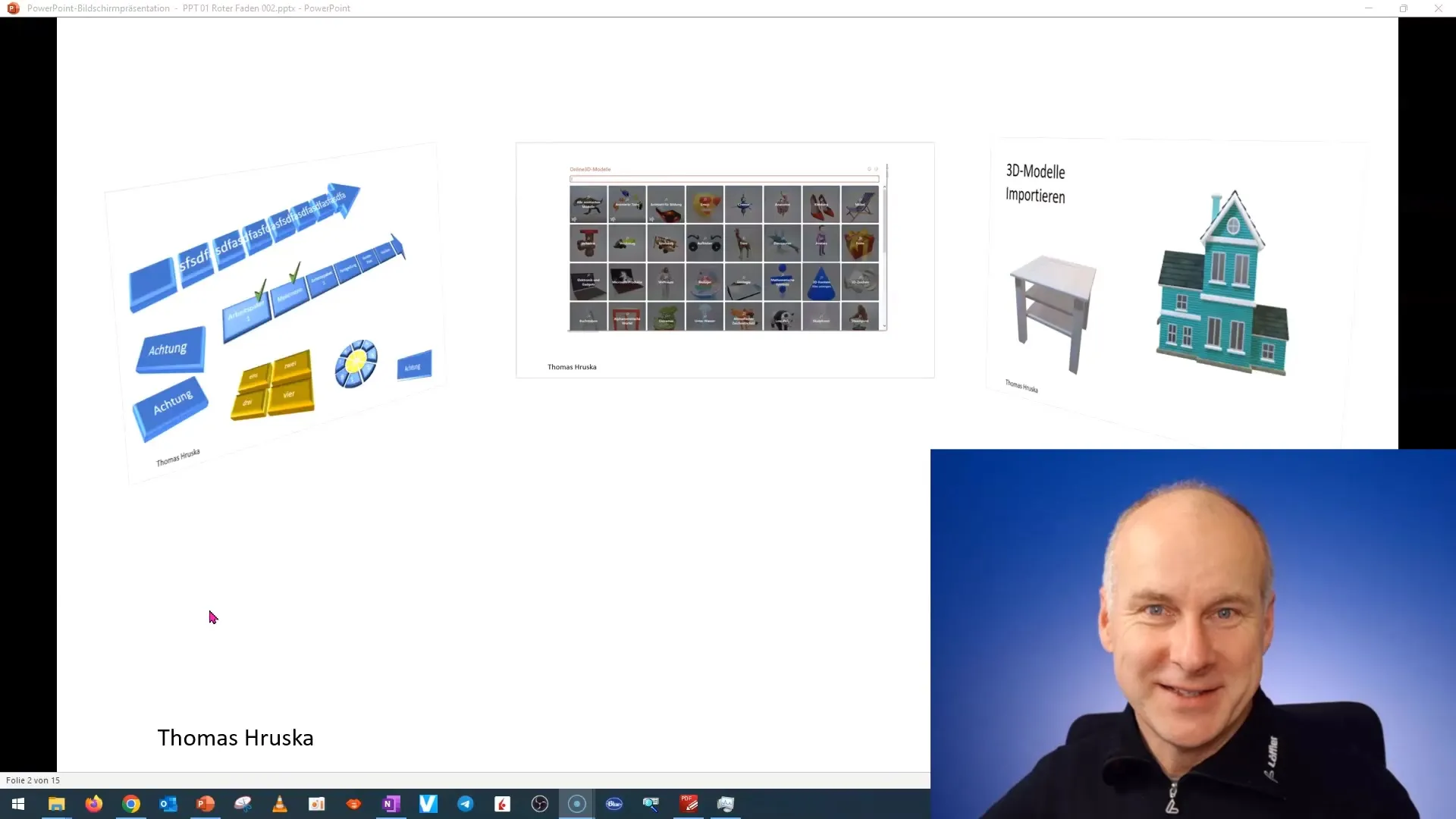
To use 3D models in PowerPoint, you should first understand that there are different categories of 3D models. Below, you will find out how to make the most effective use of these.
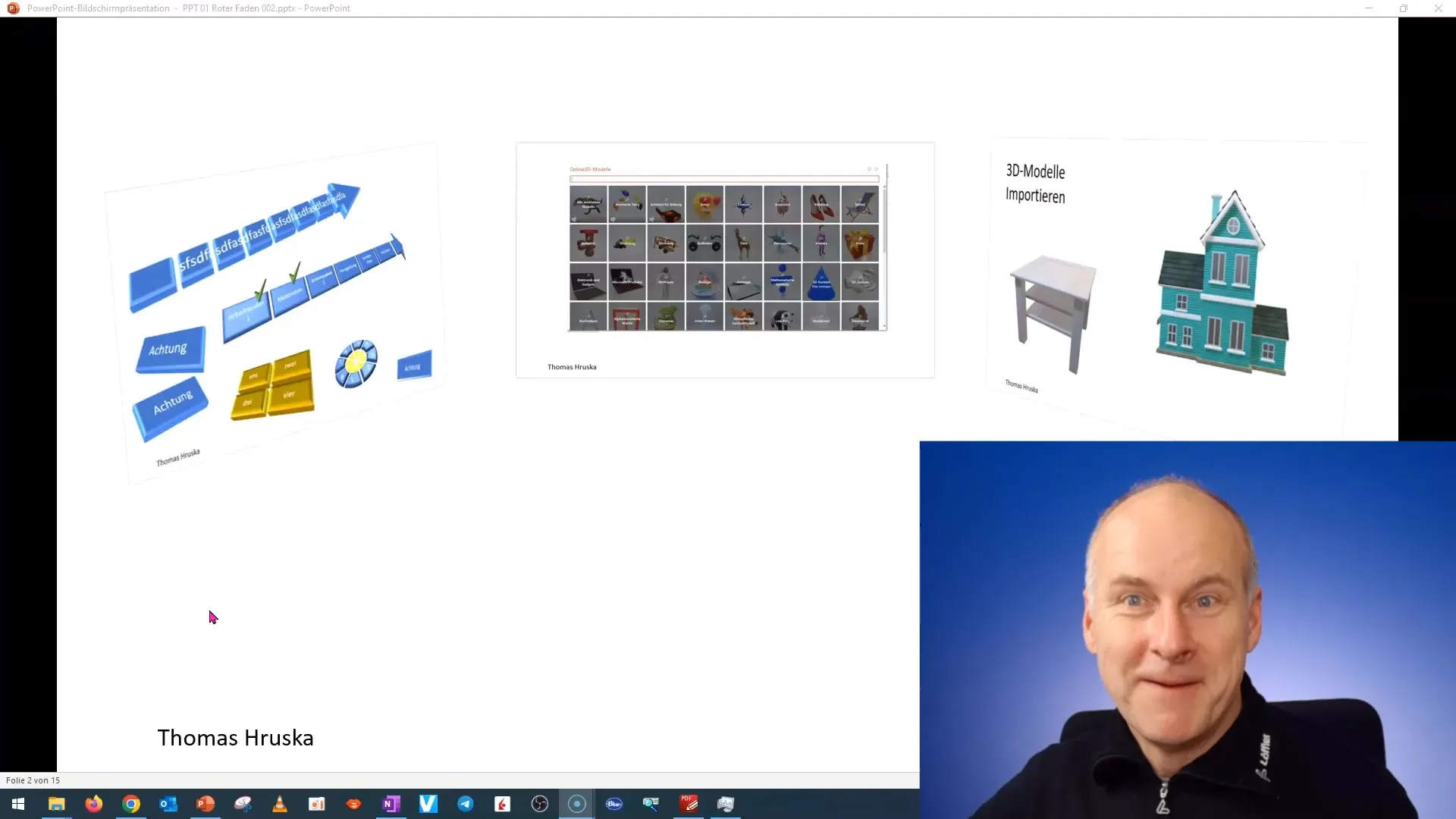
The first approach involves converting an existing 2D graphic into a 3D model. This transformation will significantly enhance the visualization of your content. We will delve deeper into this in the following units and show you how to efficiently make it work.
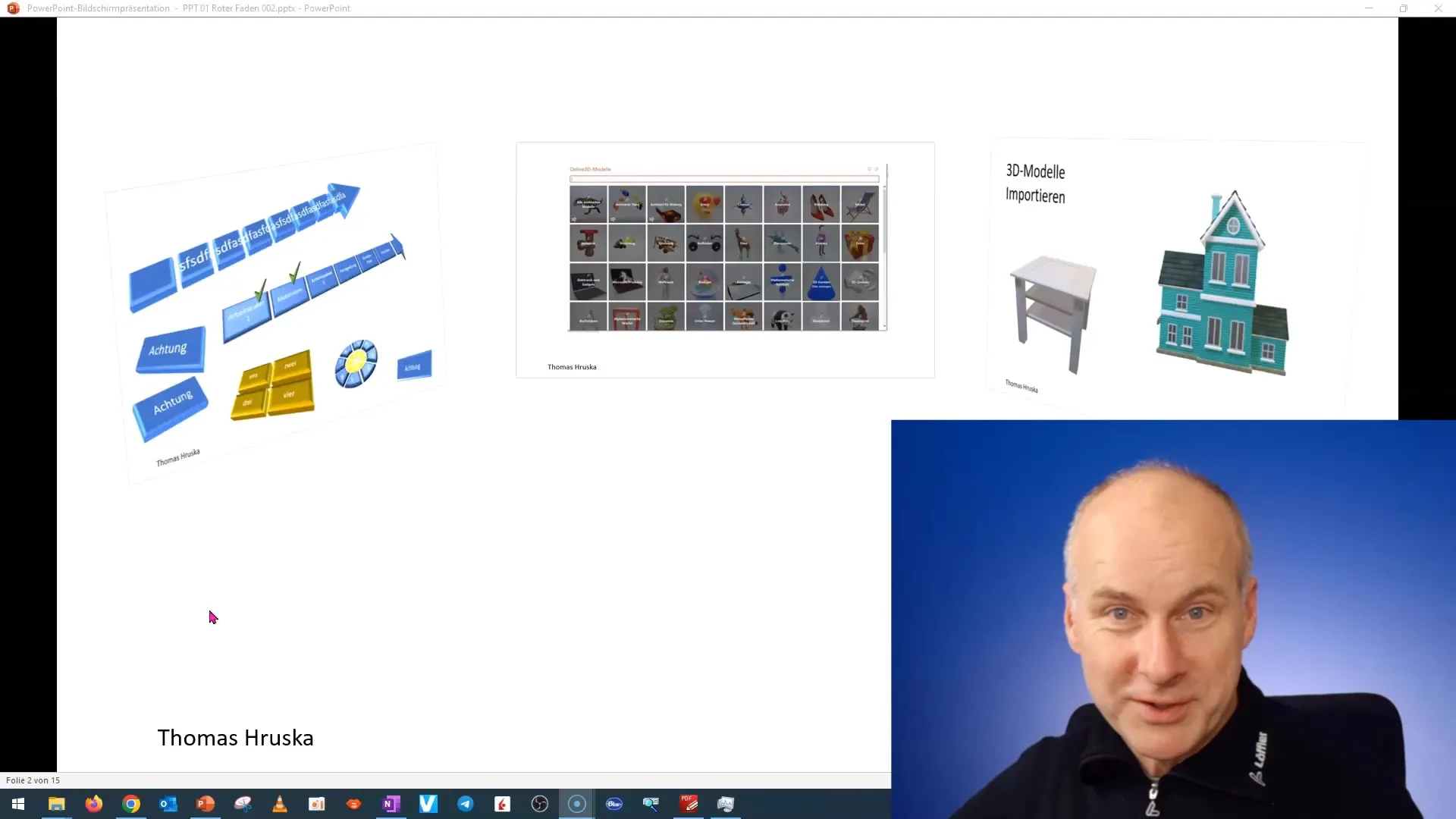
Another important procedure is importing 3D models from other software applications. This is particularly useful for interior designers and civil engineers who wish to use customized models in their presentations. PowerPoint offers you the flexibility to directly insert these data into your slides.
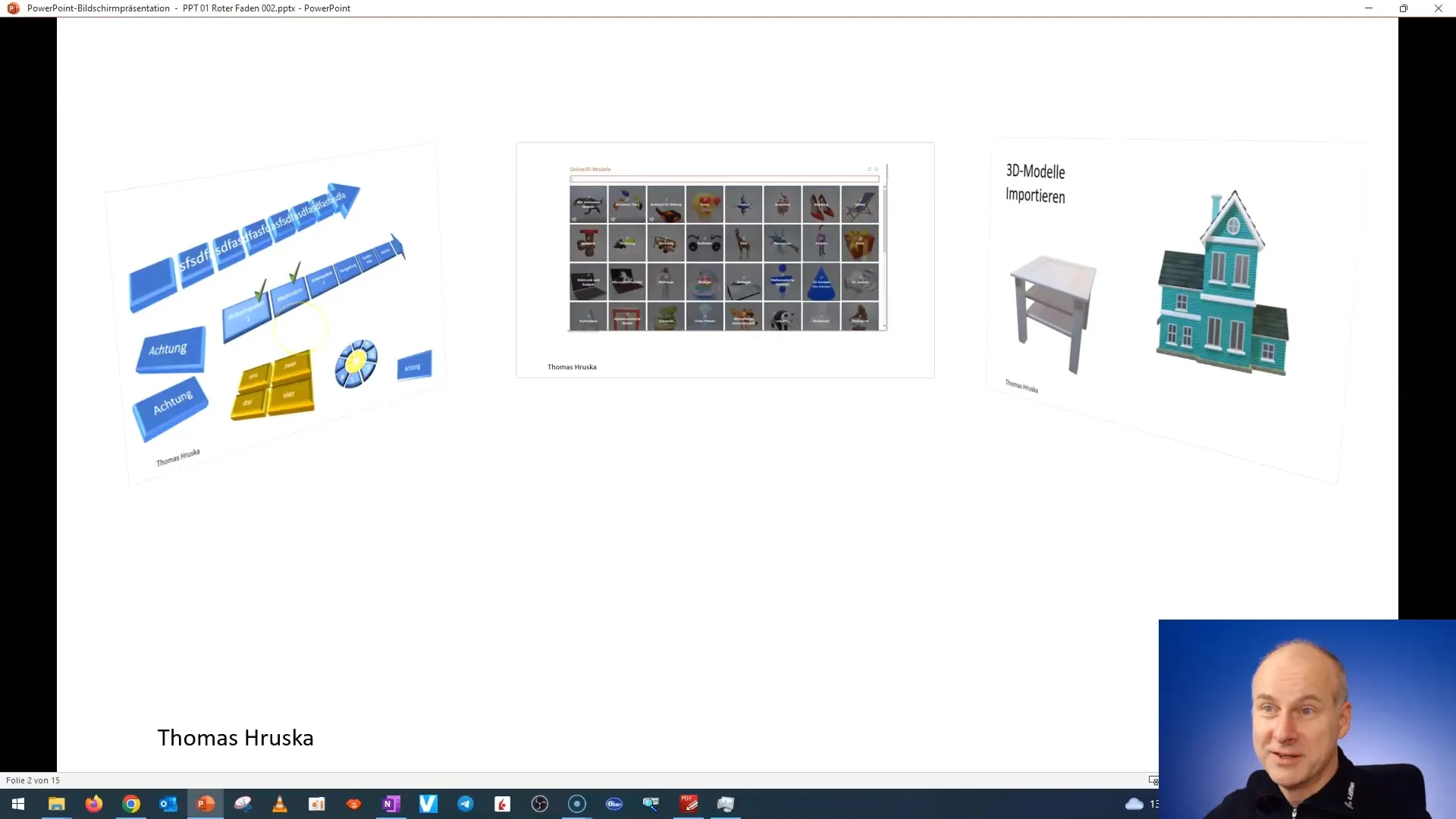
After discussing the basics of importing and creating, we move on to the available 3D models in PowerPoint. Microsoft has an impressive collection of 3D models that you can easily insert into your presentation. This is particularly helpful when you need an appealing design quickly.
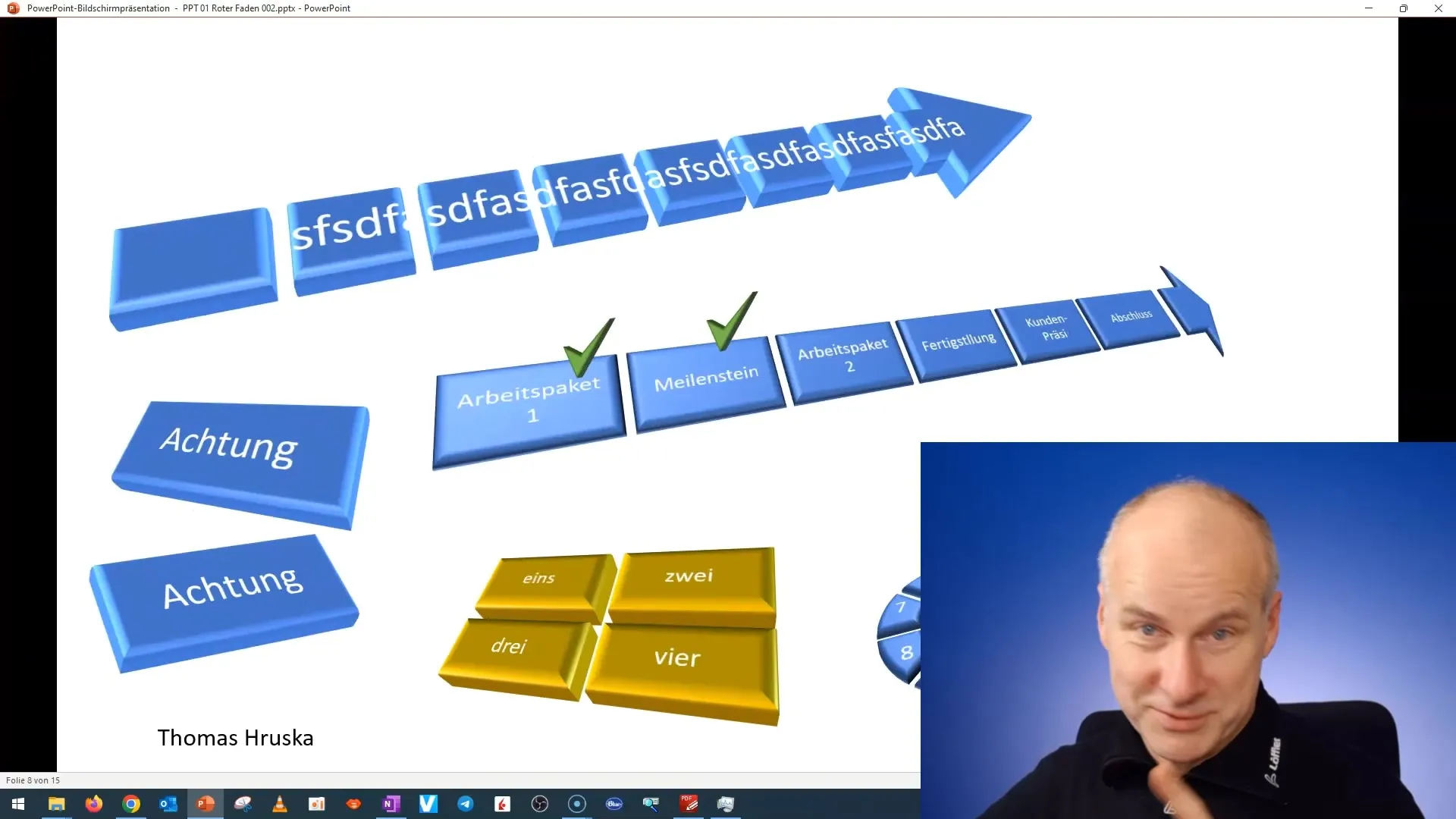
To access the 3D models, make sure you are using an up-to-date version of PowerPoint, which should be at least 2019 or Microsoft 365. These models can be found in the insert option on the user interface.
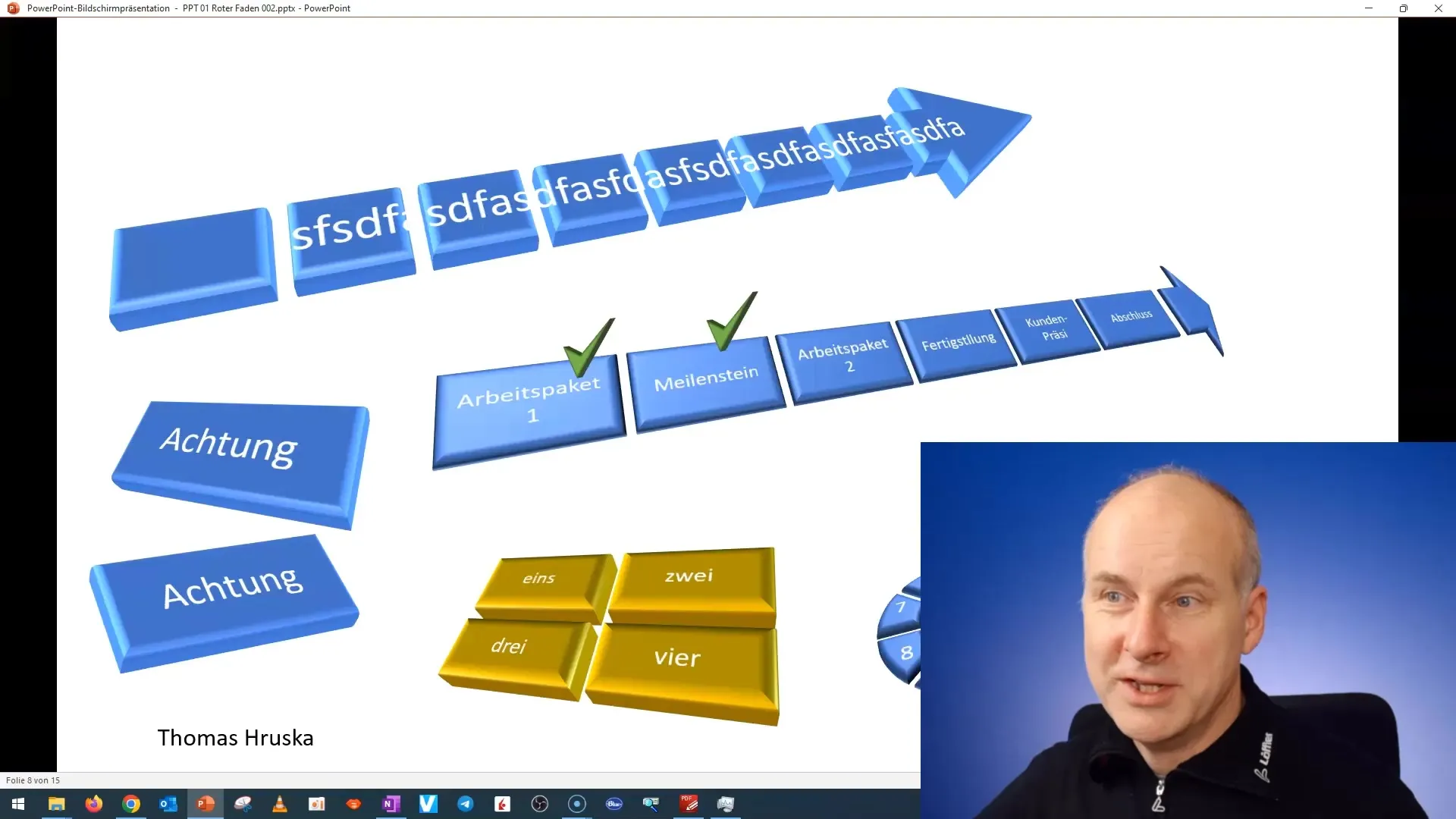
Once you have found the 3D models, you can select the ones you desire and drag them directly into your slide. Take some time to experiment with different models and see which ones best complement your topic. PowerPoint allows you not only to add but also to customize these models.
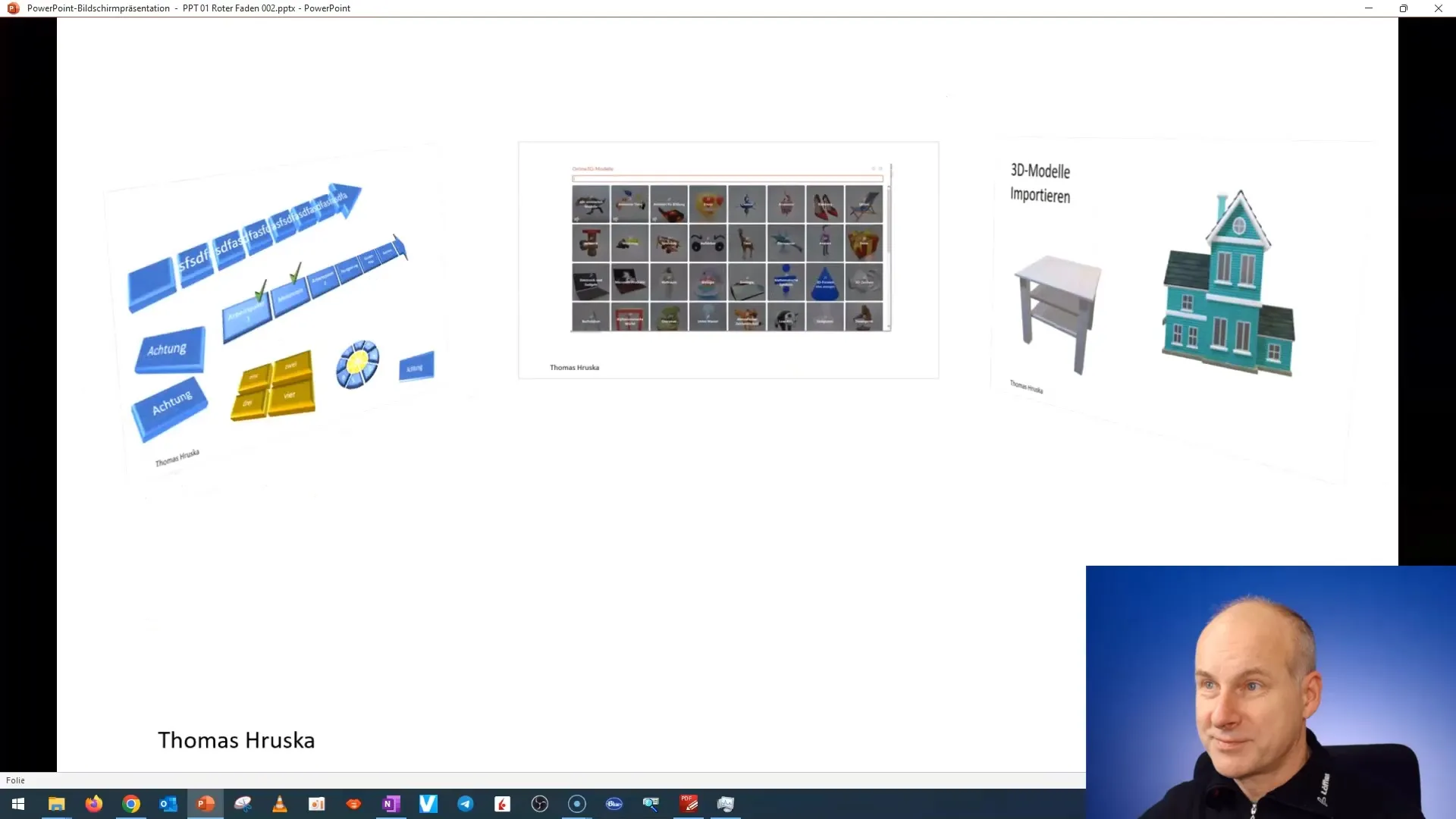
Now that you know how to use 3D models in your presentation, it's time to get creative! Experiment with these models, place them strategically, and use animations to convey your message effectively.
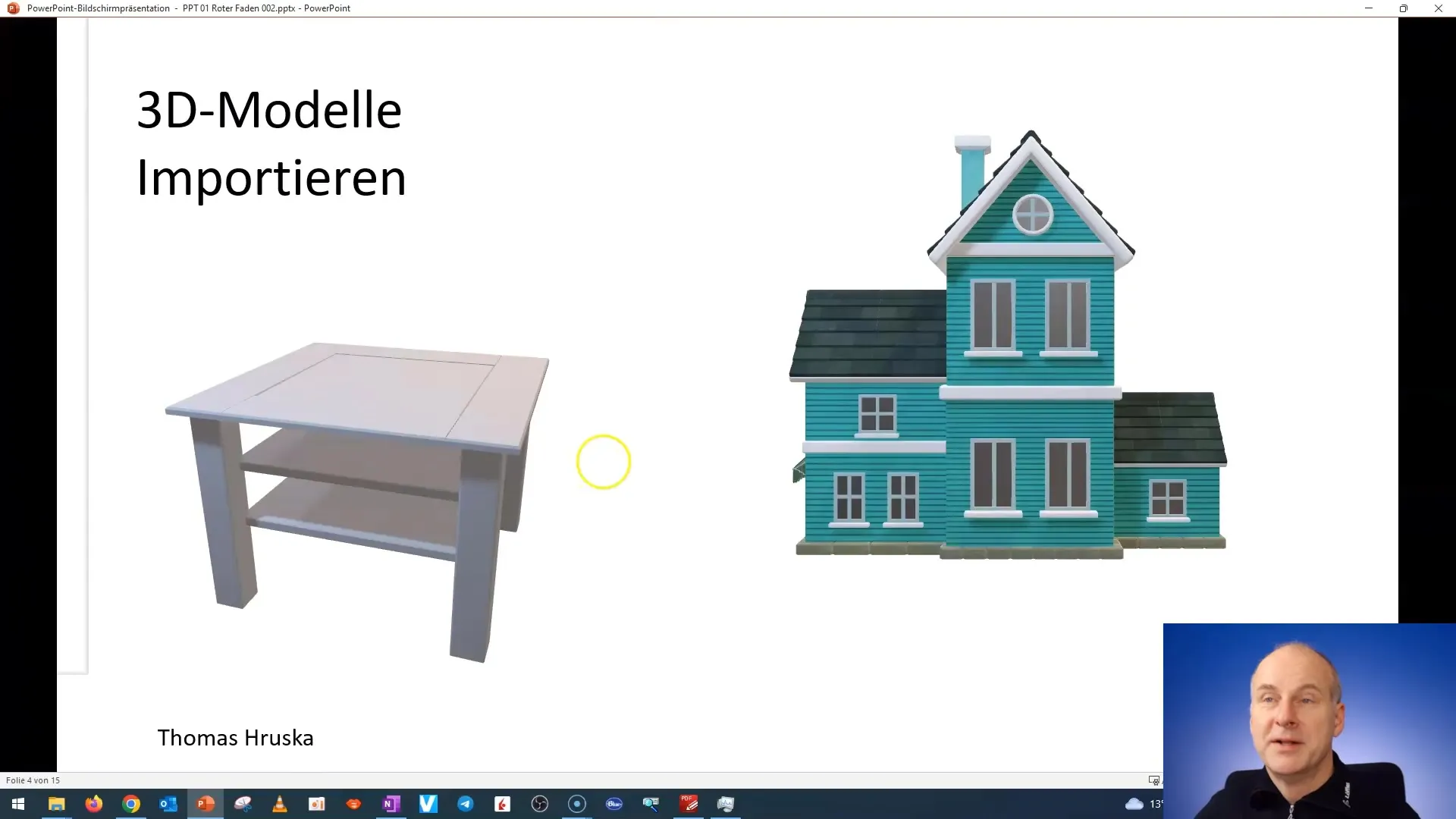
With this foundational information and techniques, you should be ready to harness the potential of 3D models in PowerPoint for your upcoming presentations.
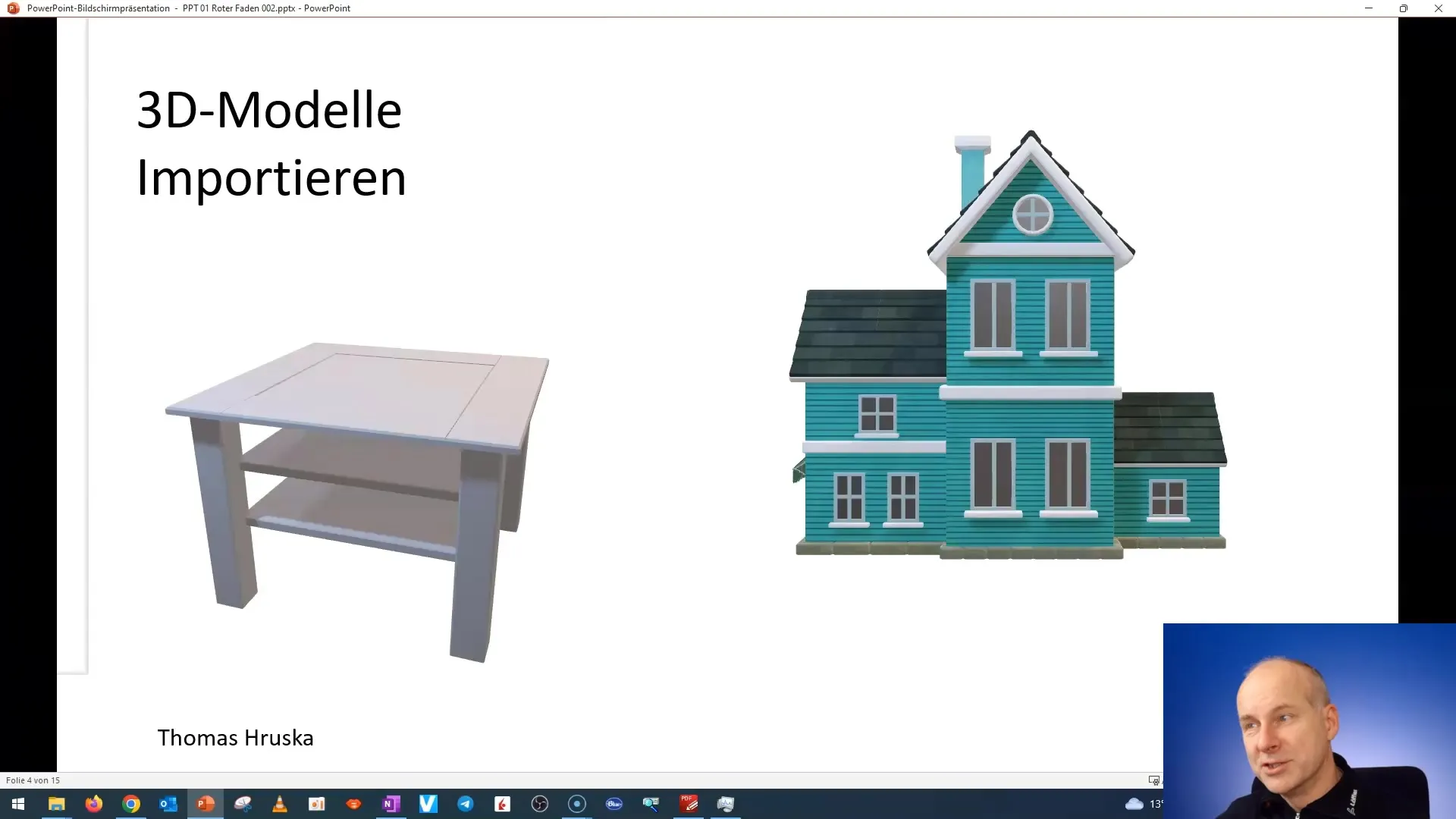
Summary
In this tutorial, you have learned various approaches to using 3D models in PowerPoint. You have discovered how to convert 2D graphics, import files, and integrate Microsoft's predefined models into your presentations.
Frequently Asked Questions
What are 3D models in PowerPoint?3D models are graphic representations that depict three-dimensional objects and enable interactive views.
How can I convert 2D graphics into 3D models?You can convert 2D graphics into 3D models using the functions in PowerPoint.
Which versions of PowerPoint support these 3D features?The 3D features are available from Microsoft PowerPoint 2019 and Microsoft 365 onwards.
Can I import my own 3D models from other programs?Yes, you can import 3D models from other programs, which is especially useful for professionals in architecture and interior design.
How do I find 3D models in PowerPoint?You can find 3D models through the insert option in PowerPoint's user interface.


